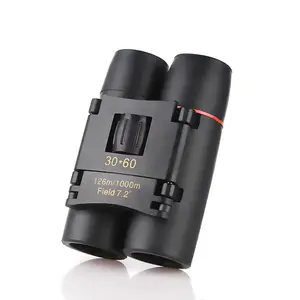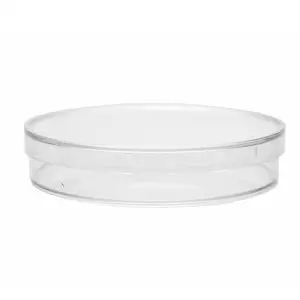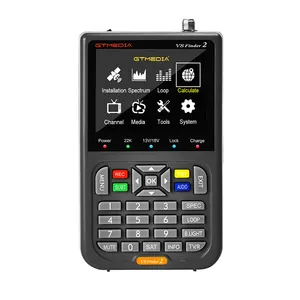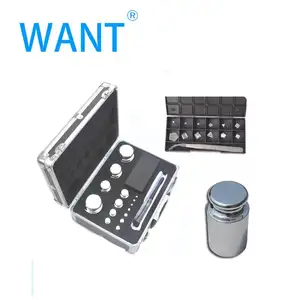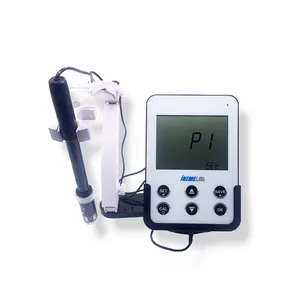Popular in your industry

































































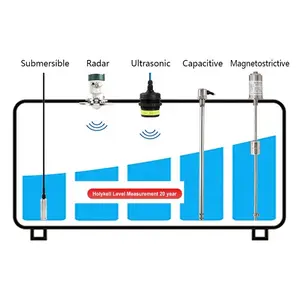





Related Searches:









































































































































About 4 20ma water level sensor
Understanding 4 20mA Water Level Sensors
The 4 20mA water level sensor is a pivotal instrument in monitoring and controlling liquid levels across various industrial applications. This sensor category is designed to provide consistent and reliable readings, converting water level changes into a standard 4-20mA electrical signal.
Types and Applications
Different types of these sensors, such as the submersible pressure transducer 4 20ma and the ultrasonic water level sensor 4 20ma, cater to diverse environments. Submersible sensors are ideal for immersion in fluids, while ultrasonic variants excel in applications where contact with the liquid is not possible or desirable.
Features and Materials
The construction of a 4 20ma water level sensor often involves robust materials like stainless steel, ensuring longevity even in harsh conditions. Features may include temperature compensation, various output options, and compatibility with different controllers and monitoring systems.
Advantages of 4 20mA Output
The 4-20mA signal is less susceptible to electrical noise, making it advantageous for long-distance transmission. This feature is particularly beneficial in large-scale operations where sensors are far from control rooms.
Accuracy and Precision
Accuracy is paramount in water level measurement. Sensors with a high degree of precision, often detailed by manufacturers, ensure that the readings are reliable for critical decision-making processes. The water level transmitter 4 20ma is known for its precision in providing consistent output over various ranges.
Selection Considerations
When selecting a 4 20ma water level sensor, it is essential to consider the specific requirements of the application, such as the range of measurement and the environment in which the sensor will operate. Ensuring the sensor's compatibility with existing systems is also crucial for seamless integration.
